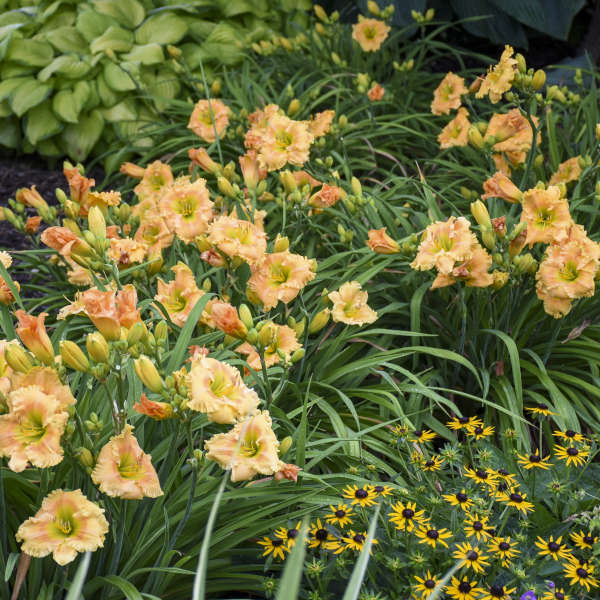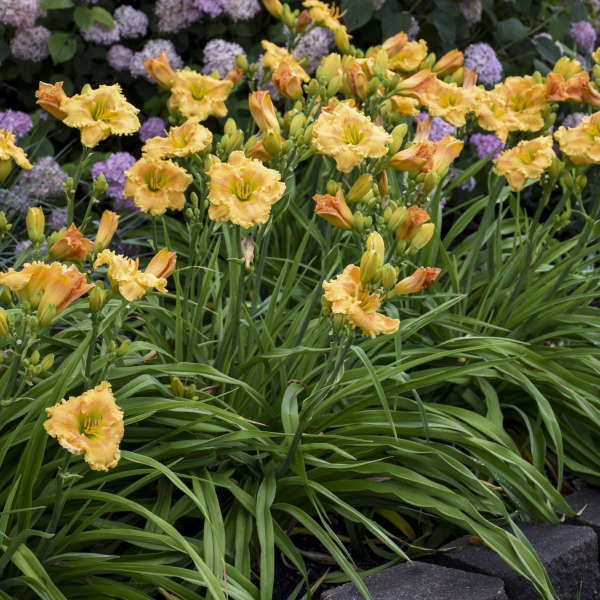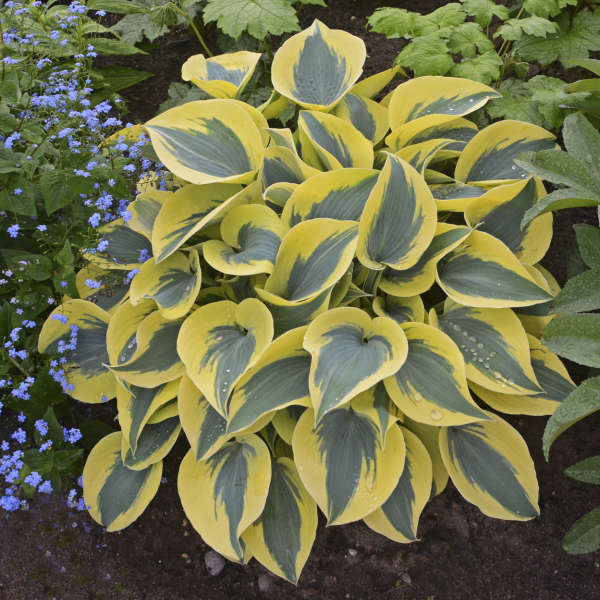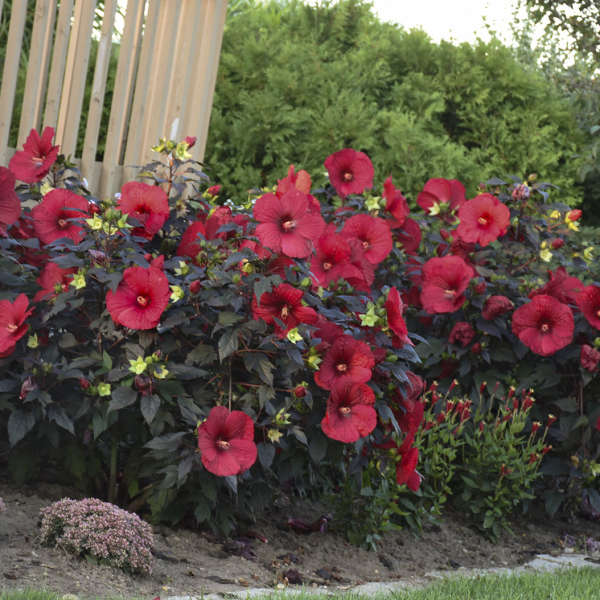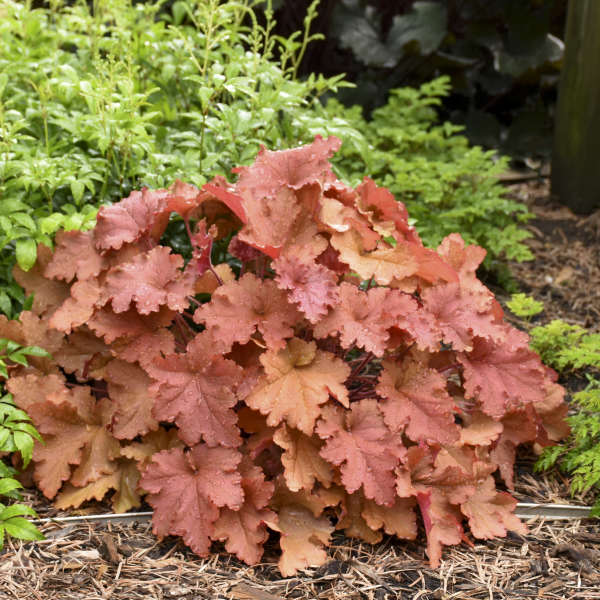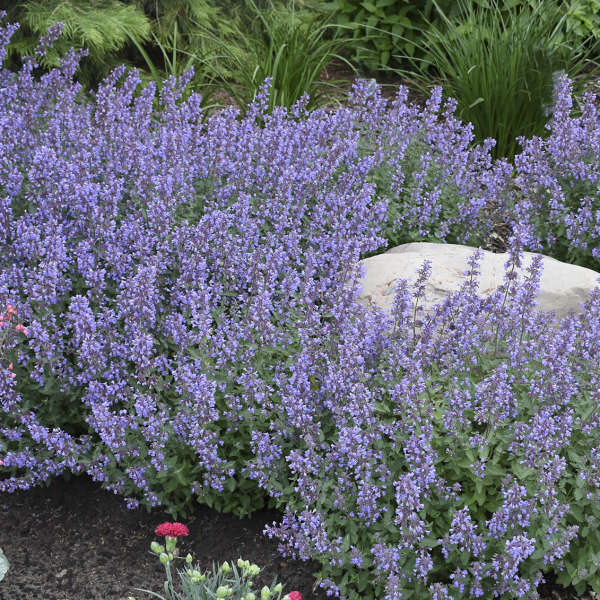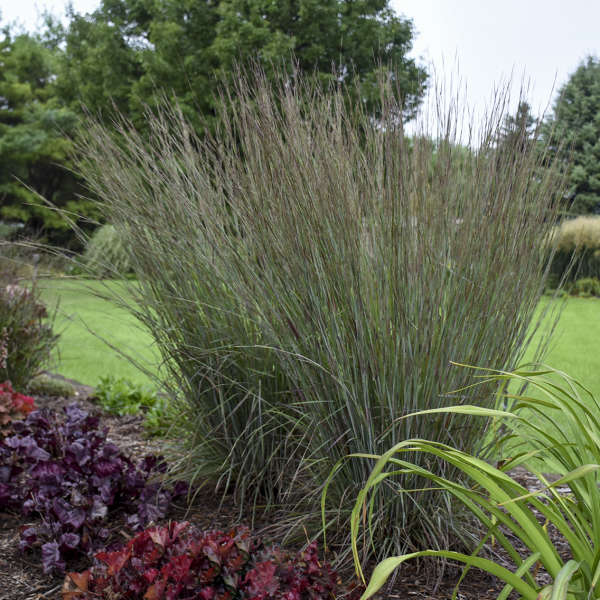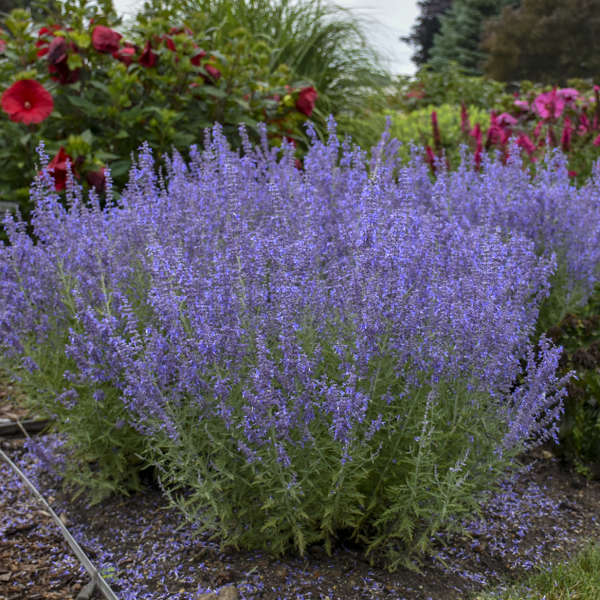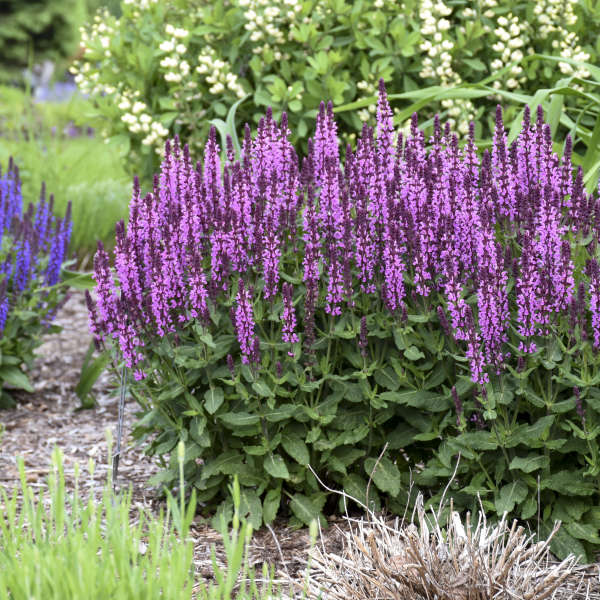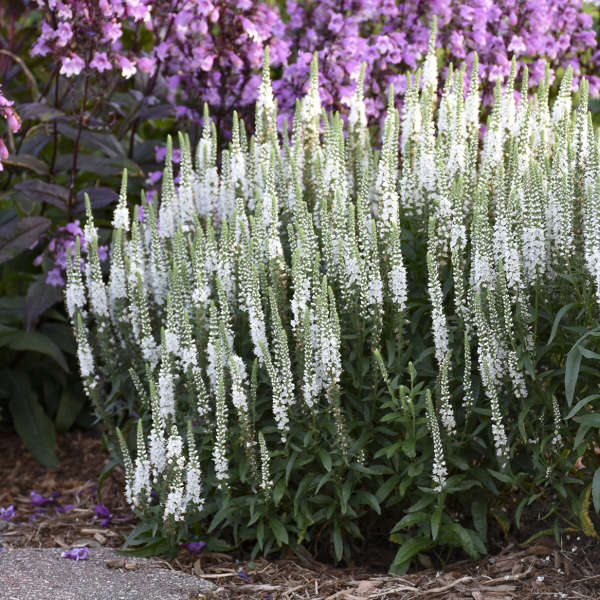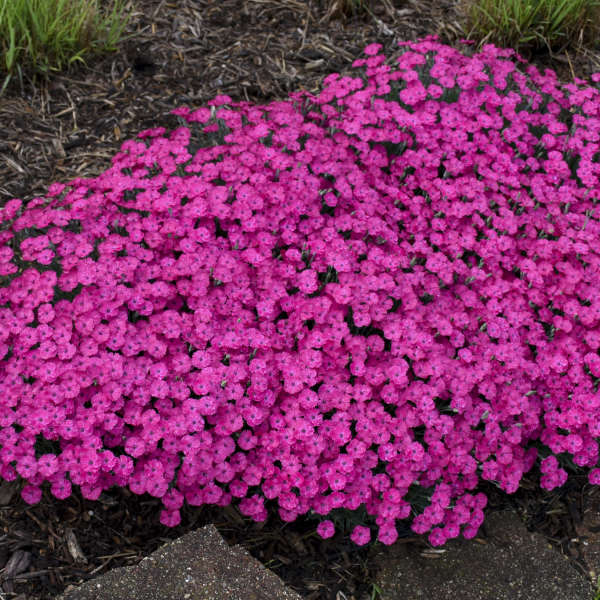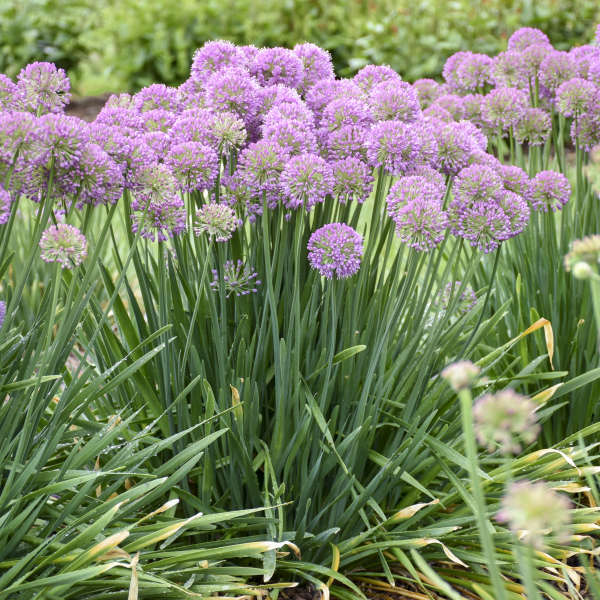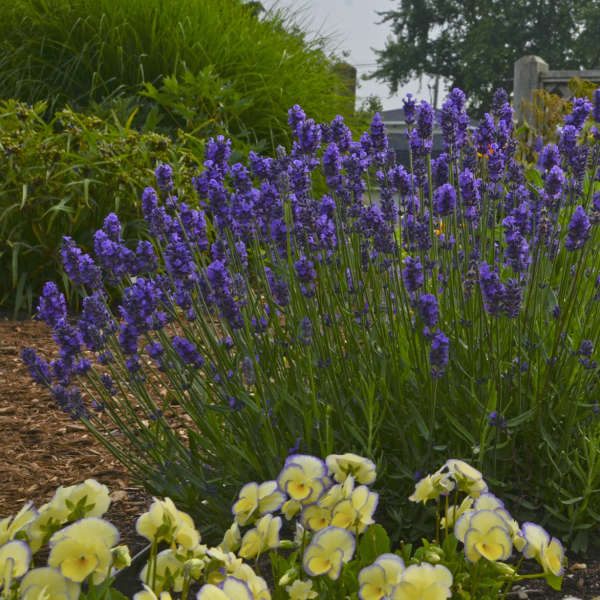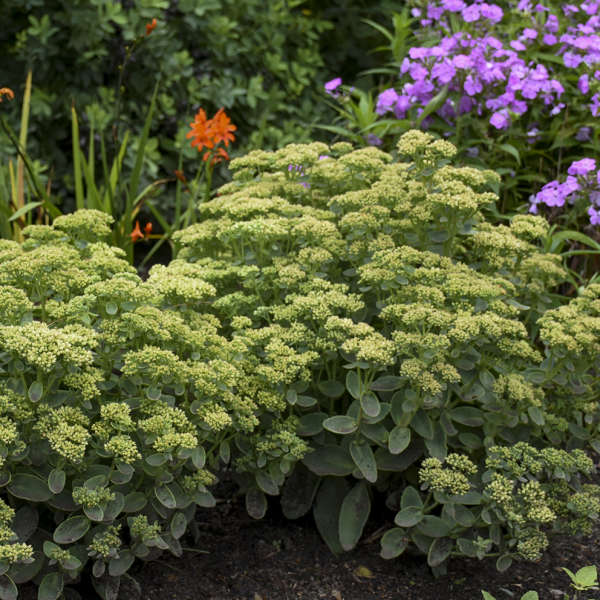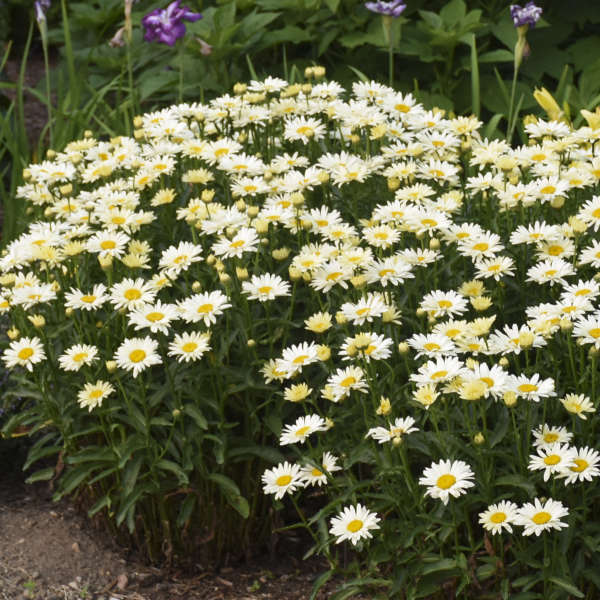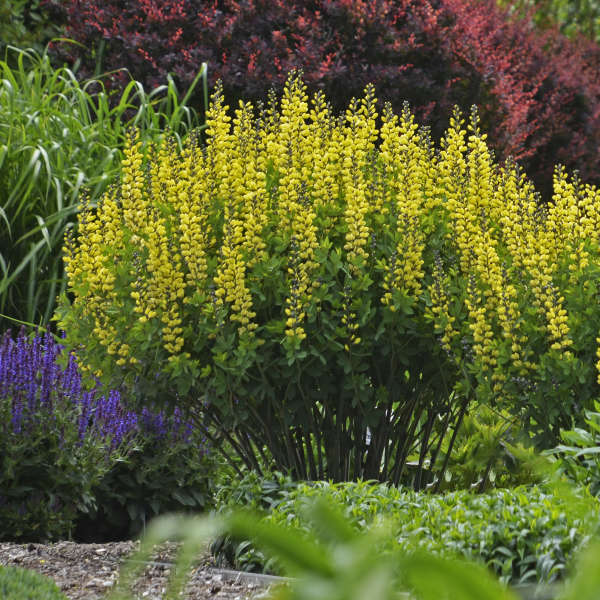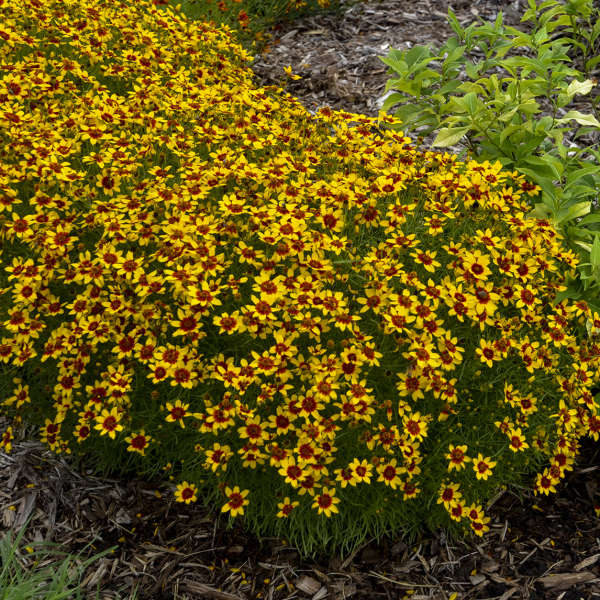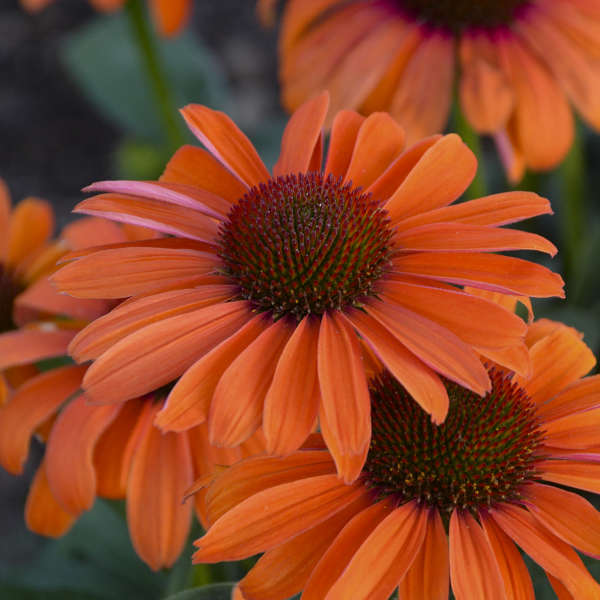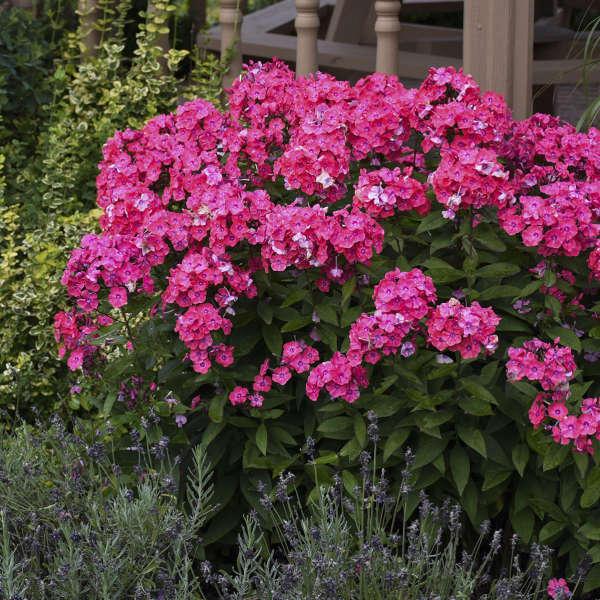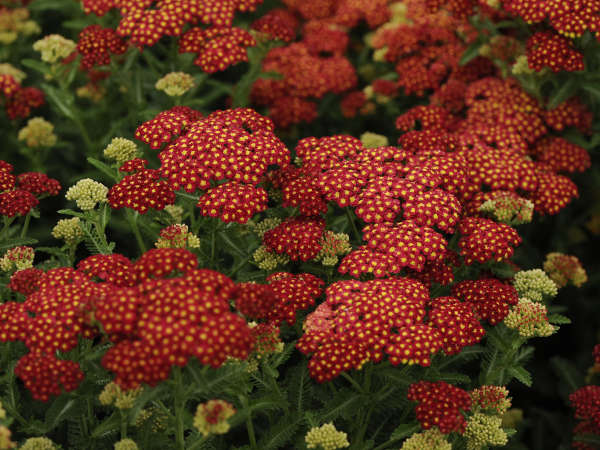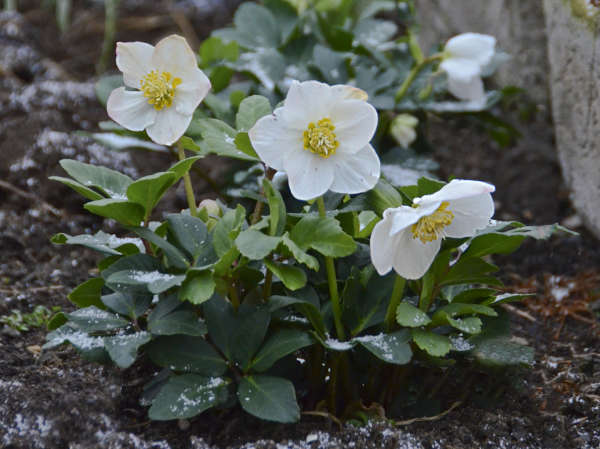19 of the Most Popular Perennials
1 of 19
There are hundreds of perennials, coming in thousands of different shapes, sizes and colors. Here is a quick list of the 19 of the most popular varieties on the market today.
2 of 19
Hemerocallis (Daylily)
One of the most common and most cultivated perennials, there are thousands of different varieties of daylilies coming in just about every size shade and color(except blue!)
Daylilies can survive many harsh conditions that other plants cannot including: polluted city environments, slopes, poor and dry soils, near pavement that is salted in winter, and under Black Walnut trees.
Variety Pictured: Hemerocallis RAINBOW RHYTHM® 'Orange Smoothie'
Learn More

3 of 19
Hosta
Hostas are exceedingly popular perennials in today's gardens due to their versatility in the landscape. Their subtle colors, tall flower scapes, and broad, coarse leaves fill a niche in garden designs that few other plants can achieve. Their large leaves provide excellent coverage for dying bulb foliage. Hostas also grow well in city environments where the air may be polluted by car exhaust, etc.
Variety Pictured: Hosta SHADOWLAND® 'Autumn Frost'
Learn More

4 of 19
Hibiscus
Hibiscus love the sun and need moist, well-drained soil. Keeping these plants watered will result in larger flowers and lush foliage. Deadheading will improve the appearance of the plant. It is best to plant Hibiscus in the garden before the heat of the summer arrives, and should be heavily mulched the first winter. In spring, cut back any remaining stems before new growth appears. A strong pair of loppers or a saw will be necessary to cut this plant back. Be advised that Hibiscus is always one of the last perennials to emerge in spring. Its vigorous growth rate more than makes up for this late start, however. Japanese beetles find these plants especially delicious.
Variety Pictured: Hibiscus SUMMERIFIC® 'Holy Grail'
Learn More

5 of 19
Heuchera (Coral Bells)
Coral bells are easy to grow and blend easily with most other perennials in the landscape. Because of their low, mounding habit, they are often used as edging along paths or in containers. Try cutting a few of the tall flower scapes for fresh bouquets.
Variety Pictured: Heuchera PRIMO® 'Peachberry Ice'
Learn More

6 of 19
Nepeta (Catmint, Catnip)
Nepetas are easy to grow perennials that provide a beautiful show of color all summer long. They prefer to be planted in full sun and ordinary, well-drained soil.
When Nepeta's stems are broken, they release an aroma into the air that tends to attract cats, thus its common name, Catmint.
Variety Pictured: Nepeta faassenii 'Cat's Meow'
Learn More

7 of 19
Ornamental Grass (Various)
Its difficult to point to one genera of ornamental grass as the most popular. However, most every garden features at least one variety. This is due in no small part to their durability and flexibility in the garden.
Variety Pictured: Schizachyrium scoparium PRAIRIE WINDS® 'Blue Paradise'
Learn More

8 of 19
Perovskia (Russian Sage)
The ideal plant for hot, dry climates! Russian Sage is classified as a subshrub or woody perennial. It performs very well in full sun and any well-drained soil. Average to dry moisture levels are ideal, and few pests bother this plant. If pruning is necessary, do so in Spring when new growth appears. Prune back to just above the lowest bud.
Variety Pictured: Perovskia atriplicifolia 'Denim 'n Lace'
Learn More

9 of 19
Salvia
Salvia is easy to grow in almost any climate. Though it is drought tolerant, it will bloom better with regular watering. Deadheading encourages a longer bloom time. If plants get leggy during the season, cut them all the way back to the newly developed foliage. If cut back, plants may rebloom in fall but often the flowers are fewer and smaller.
Variety Pictured: Salvia nemorosa 'Pink Profusion'
Learn More

10 of 19
Veronica (Spike Speedwell)
This perennial is tolerant of a wide range of well-drained soil types. Amending soils, especially very heavy and light types, with generous amounts of organic matter will result in improved performance. Although tolerant of partial shade, it will flower better in full sun.
Variety Pictured: Veronica MAGIC SHOW® 'White Wands'
Learn More

11 of 19
Dianthus (Pinks)
Dianthus grow best in loose, well-drained, neutral to slightly alkaline soils. Lime can be added to the soil if it is naturally acidic to raise the pH. Dianthus can be grown in full sun or part shade, but the foliage will not be as lush and fewer flowers will be produced if it is grown in hot, dry areas. Regular watering during prolonged dry spells will be necessary. However, they are tolerant of short periods of dryness.
Variety Pictured: Dianthus 'Paint the Town Magenta'
Learn More

12 of 19
Allium (Ornamental Onion)
Allium is very easy to grow in full sun to part shade. It will tolerate soil of any fertility and will grow in clay soil. This selection has not been known to reseed and is not invasive. It may be propagated in fall by digging it up and dividing the rhizome with the bulblets attached. Allium is typically pest and disease free. Its aromatic foliage also makes it deer and rabbit resistant.
Variety Pictured: Allium 'Serendipity'
Learn More

13 of 19
Lavandula (Lavender)
Gardeners around the world have been growing lavender for centuries for its intensely fragrant flowers, beautiful appearance, and ease of culture.
Variety Pictured: Lavandula angustifolia Sweet Romance®
Learn More
14 of 19
Sedum (Stonecrop)
Tall, upright sedums form substantial clumps of foliage which can be substituted for shrubs in the landscape. Their stout, sturdy stems support the massive flower heads which develop in summer and burst into bloom in fall. If left standing, they provide winter interest and food for birds.
Variety Pictured: Sedum ROCK 'N GROW® 'Lemonjade'
Learn More

15 of 19
Leucanthemum (Shasta Daisy)
Shasta Daisies are all-time favorites for the perennial border. The cheery flowers begin to appear in early summer and continue on for several months if faithfully deadheaded. Shastas mix so effortlessly with other perennials that no garden should be without them!
Variety Pictured: Leucanthemum superbum AMAZING DAISIES® 'Banana Cream'
Learn More

16 of 19
Baptisia (False Indigo)
Baptisia grows best in full sun, though it tolerates light shade. If grown in too much shade, plants may require staking. Baptisia is easily grown in poor to average soil that is well-drained. Once established, it is moderately drought tolerant because of its tough, deep taproot. This perennial native may take a couple of seasons to become established, but is very long-lived once mature. Avoid disturbing established clumps.
Variety Pictured: Baptisia DECADENCE® 'Lemon Meringue'
Learn More

17 of 19
Coreopsis (Tickseed)
Coreopsis is easy to grow, thriving in any well-drained soil and full sun. Once established, it is rather drought tolerant. A very versatile, low maintenance perennial!
Variety Pictured: Coreopsis verticillata SIZZLE & SPICE® 'Curry Up'
Learn More
18 of 19
Echinacea (Coneflower)
Praised for their cheerful brightly colored flowers, coneflowers are a mainstay in today's garden. Be sure to leave some spent blooms on the plants in the fall because their seeds provide winter food for finches and other birds. The dried seed heads also provide architectural interest in the winter.
Variety Pictured: Echinacea COLOR CODED™ 'Orange You Awesome'
Learn More

19 of 19
Tall Garden Phlox (Phlox paniculata)
Phlox paniculata is unequaled for showy blooms over a long period throughout the summer. Though they are some of the most popular perennials available, they do require some maintenance to sustain their health and vigor.
Variety Pictured: Phlox paniculata GARDEN GIRLS™ 'Glamour Girl'
Learn More
